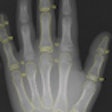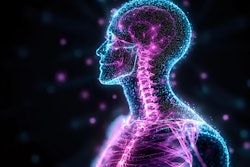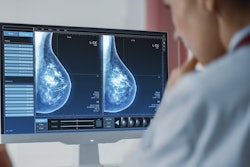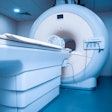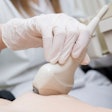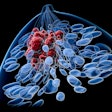More in Home
ClearPoint Neuro devices get the green light
January 25, 2024
Vertex in Healthcare unveils radiology information system
January 23, 2024
Global societies issue statement on use of radiology AI
January 22, 2024
Affidea secures support of industry veteran Frans van Houten
January 22, 2024
Art world and radiology pay tribute to Karl Rosarius
January 19, 2024
Canon takes wraps off Aplio i800 EUS system
January 17, 2024
AIRS Medical gets CE certification for SwiftMR tool
January 12, 2024
Royal Philips lauds joint expert statement on IVUS use
January 12, 2024
Conebeam CT shows superiority over mammography
January 12, 2024
Reimbursement issues give impetus to AI adoption
January 11, 2024
John Slavotinek becomes new RANZCR president
January 11, 2024

